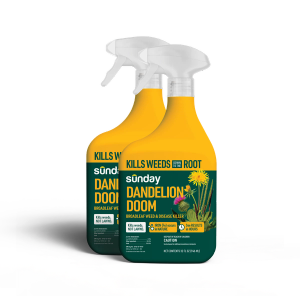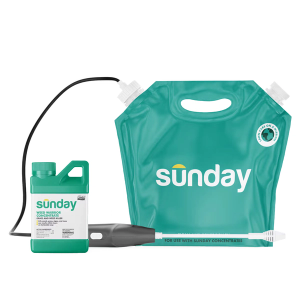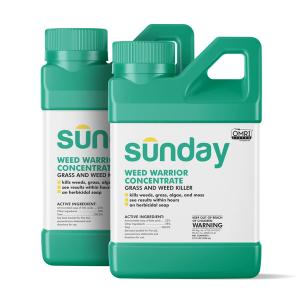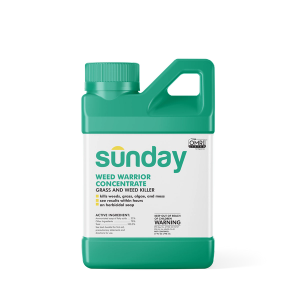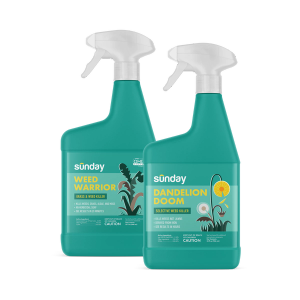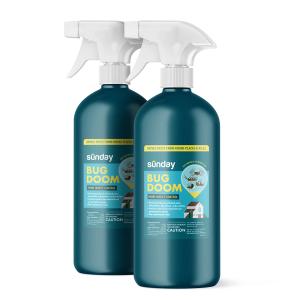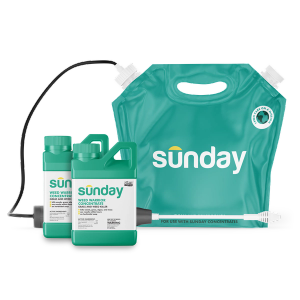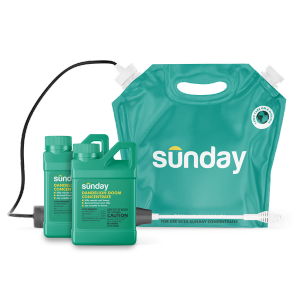The western cool-season region
Cool-season lawns are common throughout the northern regions of the western U.S., including: Alaska, Colorado, Idaho, Montana, Nebraska, Nevada, North Dakota, Oregon, South Dakota, Utah, Washington, Wyoming, and northern California.
Cool-season grasses can also be grown in parts of the transition zone in the West. This includes portions of Kansas, Oklahoma, northern Texas, New Mexico, and Arizona and central California.
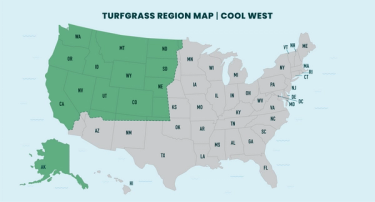
Cool-season grass types
Cool-season grasses in the West include the following:
These grasses grow best in the mild spring and fall months, when temperatures are between 50 and 80ºF. They can survive the freezing winter temperatures in this region better than warm-season grasses, but may struggle during the hot, dry summers and will usually need some additional watering throughout the summer.
On rare occasions, you might also see bentgrasses or an annual bluegrass lawn, but these are not super common.
Growing cool-season grass in the West
Although cool-season grasses thrive in the spring and fall, and can handle the mild to cold winter temps in the West, they are susceptible to heat stress and drought in summer months, particularly in the warmer regions of the transition zone. Train your lawn to use less water so it’s ready for summer. Be sure to audit your irrigation system to ensure you’re not wasting any precious water.
Overseed cool-season grasses in fall and spring to crowd out weeds, fill in bare spots, and improve the overall health and appearance of your lawn.
- Spring seeding: March - May
- Fall seeding: late August - early October
- Dormant or frost seeding: November - December
Bonus points if you use seed varieties that are more disease-resistant and that require less water, fertilizer, and pesticides. Sunday grass seeds are specially selected for disease resistance and low maintenance requirements, so you have to do less and use less to grow a healthy lawn.
Sunday Tip:
We love lawns, but sometimes, grass isn’t the right fit for the yard. If you’re facing watering restrictions or just want to reduce water use, consider letting your grass go gold during dry periods, or plant drought tolerant alternatives in place of some of your cool-season grass.
Lawn care help for cool-season grass in the West
Deciding what products to use to help your lawn thrive can be tricky. Using the tips above, start by narrowing in on the opportunities or challenges in your unique lawn. Are you dealing with patches, dry spots, weeds, or something else? The most important things to consider when determining what help your lawn might need is what type of grass you are growing and how healthy your soil is.
Here are some of our go to products for the West that you can get shipped to your door from Sunday!
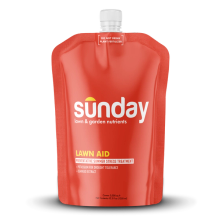
Lawn Aid Heat Stress Prevention Treatment
- 0-0-3 Preventative fertilizer
- Increases resilience
- Improves moisture retention
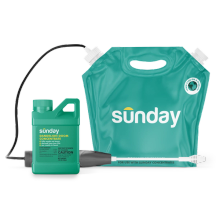
Dandelion Doom Lawn Weed Killer - Starter Pack
- Kills weeds down to the root
- Safe for use on lawns
- See results within hours
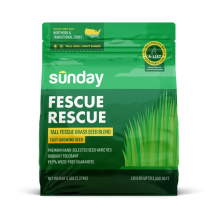
Fescue Rescue Grass Seed
- Drought tolerant
- Medium sunshine
- Medium water
Resources for cool-season lawns in the West
Cool-Season Lawn Care Guide
Not sure what you should be doing in your lawn season-to-season? Our cool-season lawn care guide offers month-by-month to-dos to make lawn care easy.
How to Deal with Summer Water Restrictions
As more areas – especially out West – face increased drought severity and dwindling water supplies, water restrictions are becoming more and more common. Learn how to manage a lawn under summer water restrictions.
How to Make a Rain Barrel
Thinking about setting up a rain barrel, but not quite sure where to start? Use this how-to for tips on setting up and maintaining rain barrels to help supplement your water supply.
NPK for Lawns
What do those 3 numbers (N-P-K) on your fertilizer bag mean? Nitrogen (N), phosphorus (P), and potassium (K) are the nutrients your grass needs most in order to grow healthy and dense.
Weed ID Guide
Got weeds? Our weed ID guide can help you identify your lawn weeds, so you can better target your weed management approach.







